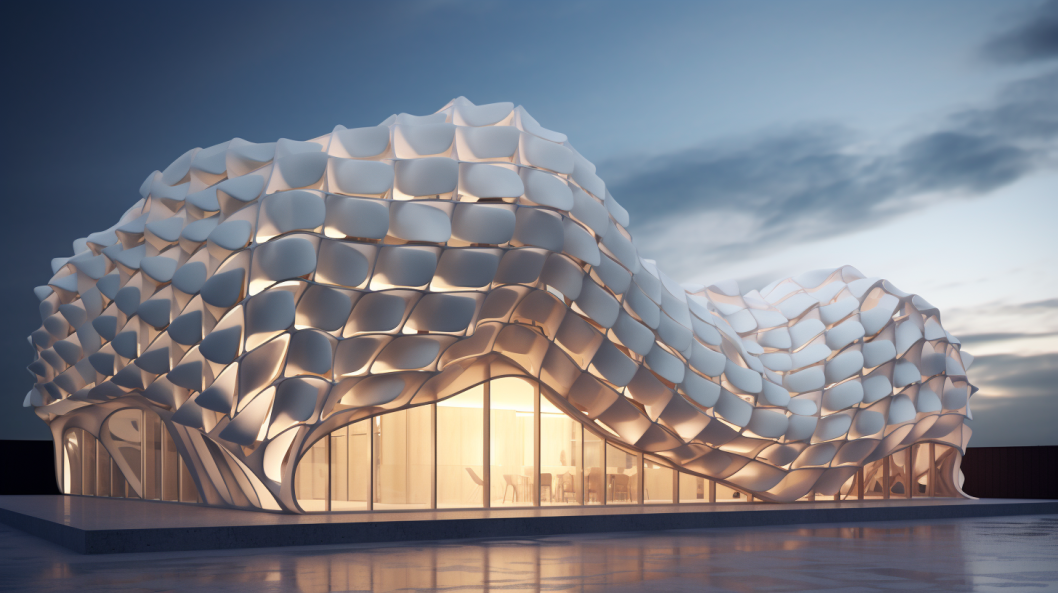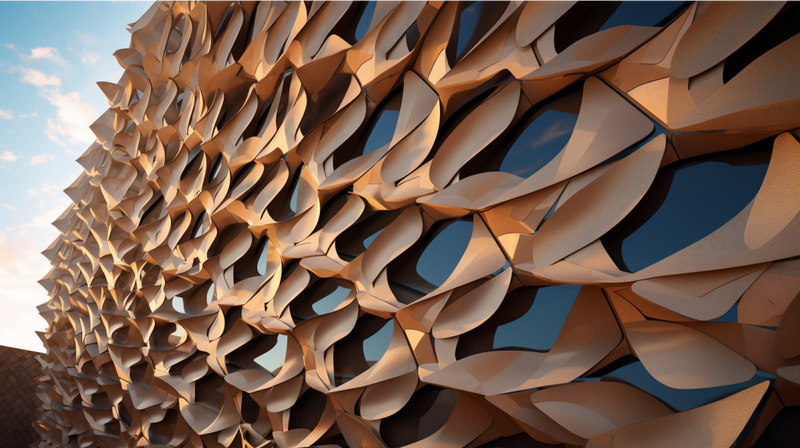Adaptive Building Skins: How Smart Facades Save Energy
Amidst the soaring skyscrapers and intricate architectural designs that define our urban landscapes, a quiet revolution, driven by sustainability and energy efficiency, is taking place. The role of building facades (outer walls) is being redefined from just a decorative cover to a dynamic, adaptive "skin" that actively interacts with the surrounding environment. Exploring parametric facades, especially in their ability to improve energy efficiency, reveals a unique meeting point of design, technology, and sustainability. These adaptive skins, which subtly adjust to climate conditions, show how architects and engineers are rethinking building design to meet today's environmental challenges.
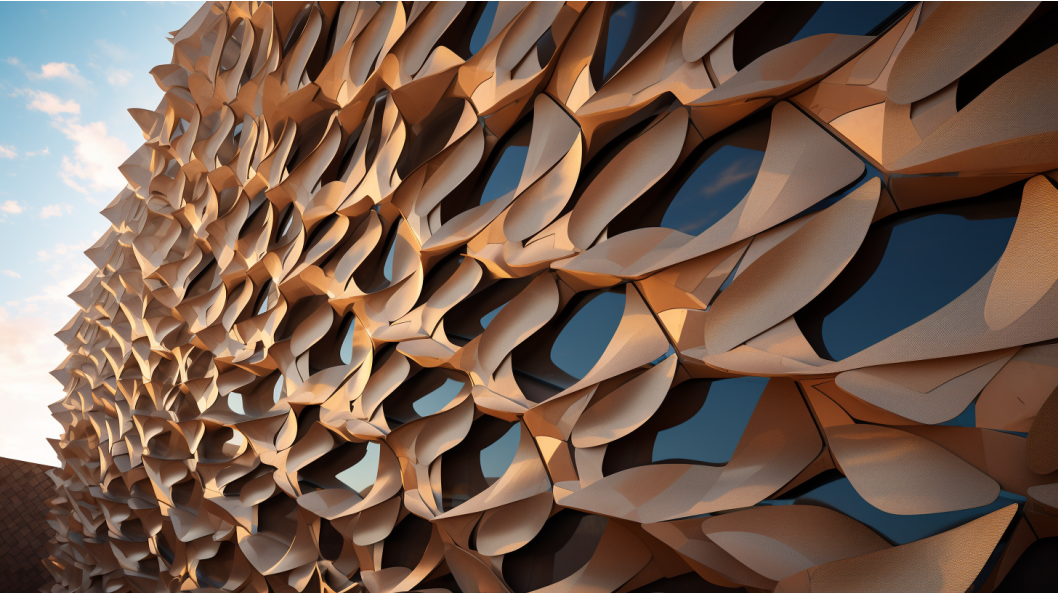
What Are Parametric Facades?
Parametric design uses computer rules (algorithms) to define relationships between design elements, allowing for automated adjustments to different design settings. When applied to building facades, parametric design helps create adaptive skins—dynamic structures that respond to varying outside environmental conditions. The goal is to optimize indoor comfort and, crucially, energy efficiency. These innovative facades can control light, heat, and air according to outside climate conditions and inside needs, thereby optimizing energy usage within the building.
Why Energy Efficiency Matters
Global climate change, the depletion of natural resources, and the urgent call for sustainable development highlight the critical need for energy-efficient buildings. Architectural designs that include adaptive features not only minimize a building's energy requirements but also significantly reduce its carbon footprint. Parametric facades are at the forefront of this evolution, showing how innovative design strategies can smoothly combine usefulness with sustainability. This ensures that buildings are not just energy consumers but can actively interact with and respond to their environment in an energy-efficient way.
Smart Control of Environments
Adaptive skins respond intelligently to many environmental factors, including sunlight, temperature, and wind. For instance, during hot and sunny conditions, the facade can automatically adjust its configuration to shield the building’s interior from intense sunlight, which then reduces the need for cooling. Conversely, during colder periods, it can optimize sunlight penetration to improve natural heating. The result is a subtle adjustment of internal environments that minimizes reliance on artificial heating, cooling, and lighting systems, thereby optimizing energy consumption.
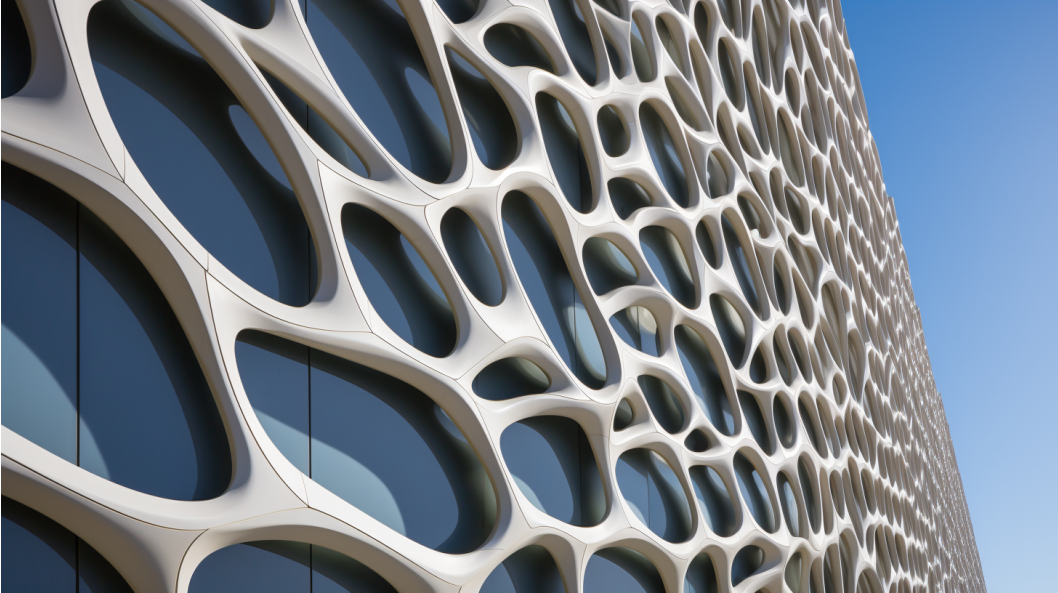
Inspired by Nature: Biomimicry
Interestingly, the idea of adaptive skins draws notable inspiration from biomimicry—copying strategies found in nature to solve complex human problems. The dynamic responsiveness of parametric facades is reminiscent of organisms that adjust their appearance or structure in response to environmental cues. Just as pinecones open and close their scales based on humidity to protect seeds, adaptive facades alter their physical properties to protect and regulate the internal environment of buildings. This connection to biology highlights how combining natural principles with technological advancements can lead to new ideas in sustainable architecture.
Real-World Examples and Their Impact
Several pioneering projects have shown the potential of parametric facades. Notable examples such as the Al Bahr Towers in Abu Dhabi and the Institut du Monde Arabe in Paris have demonstrated how adaptive skins can be elegantly integrated into architectural design while significantly enhancing energy efficiency. These projects serve as a beacon, showing the real possibilities of combining smart design with environmental care.
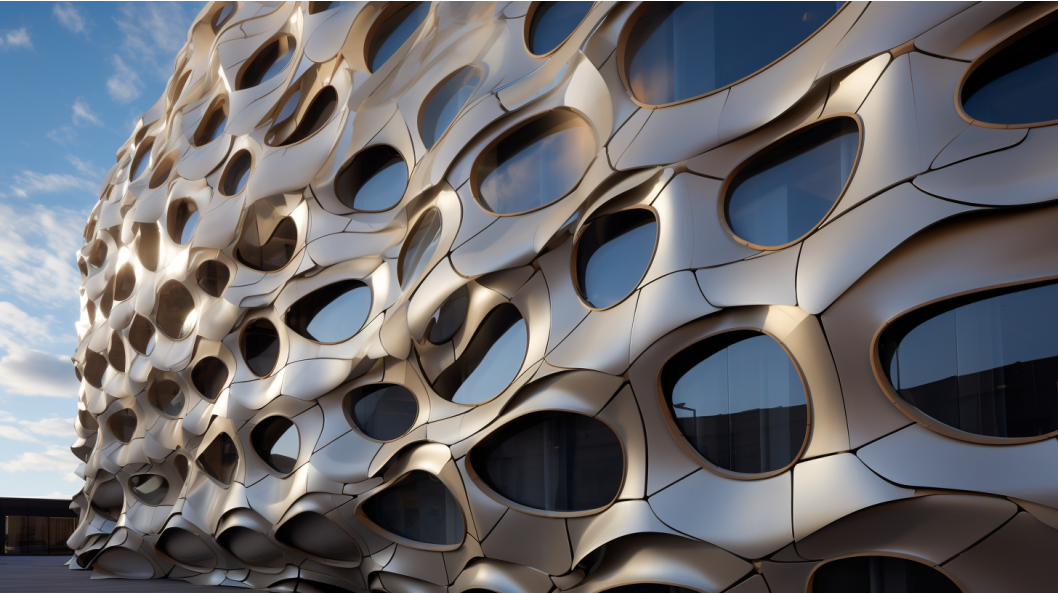
Conclusion
Exploring adaptive skins as a symbol of sustainable architecture reveals new areas that combine technological innovation and environmental sustainability. As we dive deeper into an era that urgently demands that technological advancement and environmental care work together, the use of parametric facades offers a glimpse into a future where our buildings are not just static objects but dynamic organisms that intelligently and sustainably interact with their environments. The interplay of design, technology, and sustainability found in adaptive facades shows the endless possibilities that appear when we rethink the boundaries and functions of our architectural efforts.
This effort challenges us to continuously redefine what's possible in architectural design and to deeply weave the principles of sustainability into every part of our creative and construction processes. Adaptive, intelligent, and sustainable buildings are not just a distant dream but a coming reality we are shaping with every innovative step forward.
